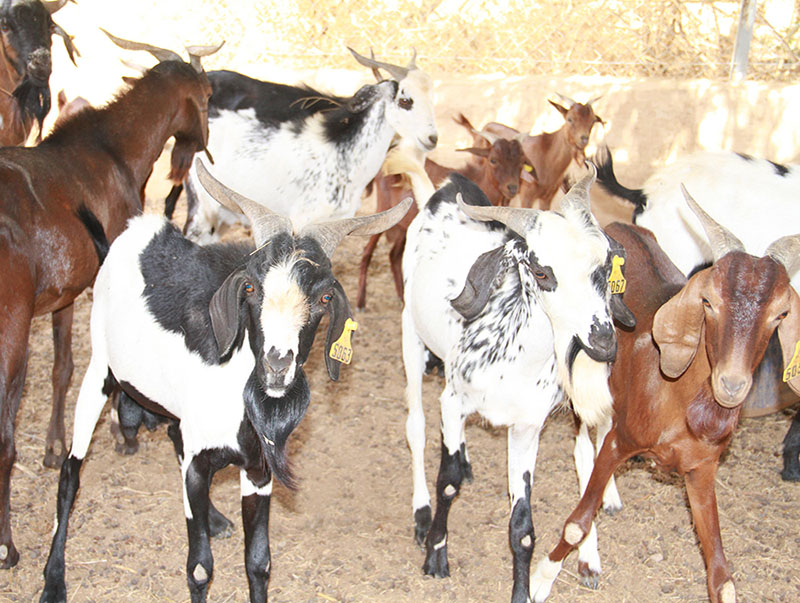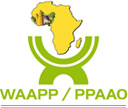
Niger 15 February 2018 /
In West Africa, the red goat of Maradi and guinea fowl are improving the lives of family farmers, stimulating local economies, and making better nutrition more accessible. These indigenous livestock species are well-suited for West Africa, with a wealth of genetic diversity that makes them more adaptable to a changing climate. With assistance from the West and Central African Council for Agricultural Research (CORAF), these breeds are becoming easier and more profitable to raise.
The Red Goat of Maradi is found in central Niger and is economically important in rural households for its milk and skins. A typical litter is two to three kids, and they reach reproductive age at six to seven months, with two litters a year. Each female goat can produce 0.6 liters of milk per day for three to four months after each litter. Its milk is rich in Vitamin A and rural Niger it is known for saving maternal orphans. The meat is a good source of protein, and the skins are used in internationally-praised luxury leather goods.
Maradi in Côte d’Ivoire, Burkina Faso, and Mali
The Centre Secondaire d’Elevage Caprins (Secondary Center for Goat Breeding) in Niger was established in 1963 to conserve, improve, and disseminate the red goat, as well as teach adaptive livestock techniques to farmers. Through this breeding program, the red goat is now present in many parts of Niger. The West Africa Agricultural Productivity Program (WAAPP), part of CORAF, further distributed red goats to Côte d’Ivoire, Burkina Faso, and Mali to improve local economies and provide additional nutrition.
Guinea Fowl Creating Jobs in Ghana
A program at WAAPP is developing the guinea fowl breeding industry in Ghana to create rural jobs. Incubation methods and techniques, such as guarding guinea fowl to protect them from predatory birds, have boosted the productivity rate by over 500 percent. Program starter kits include financial support, an incubator, a generator, 500 eggs, a dewormer, fodder, and vaccines. Participants also receive regular visits from agricultural trainers who help them with poultry care. Today, more than 50,000 people benefit from the program.
“Before, I could not produce more than 100 birds a year. Now our losses are really minimized. For this year alone we had more than 800 poultry, so we were able to hire young people to help me,” says Adamu, a guinea fowl farmer in Garu Tempane. “Thanks to the income from this activity, I was able to pay my kids’ university fees without making any loans.”
According to the International Livestock Research Institute (ILRI), up to 80 percent of the agricultural gross domestic product (GDP) in developing countries comes from livestock while 600 million rural people are dependent on livestock to feed themselves and their families. Farmers often raise indigenous breeds, managing herds both to maintain diversity and to support community livelihoods.
“In the face of climate change and other challenges to food security, it is critical we maintain the resilient characteristics of breeds that are well adapted to rough terrains, harsh environments, and limited feed and water,” says U.N. Food and Agriculture Organization (FAO) Director-General José Graziano da Silva. “And many breeds have valuable characteristics that help maintain landscapes and wildlife habitats.”
This article was originally published on Foodtank







